Hydrological Cycle Apparatusaratus
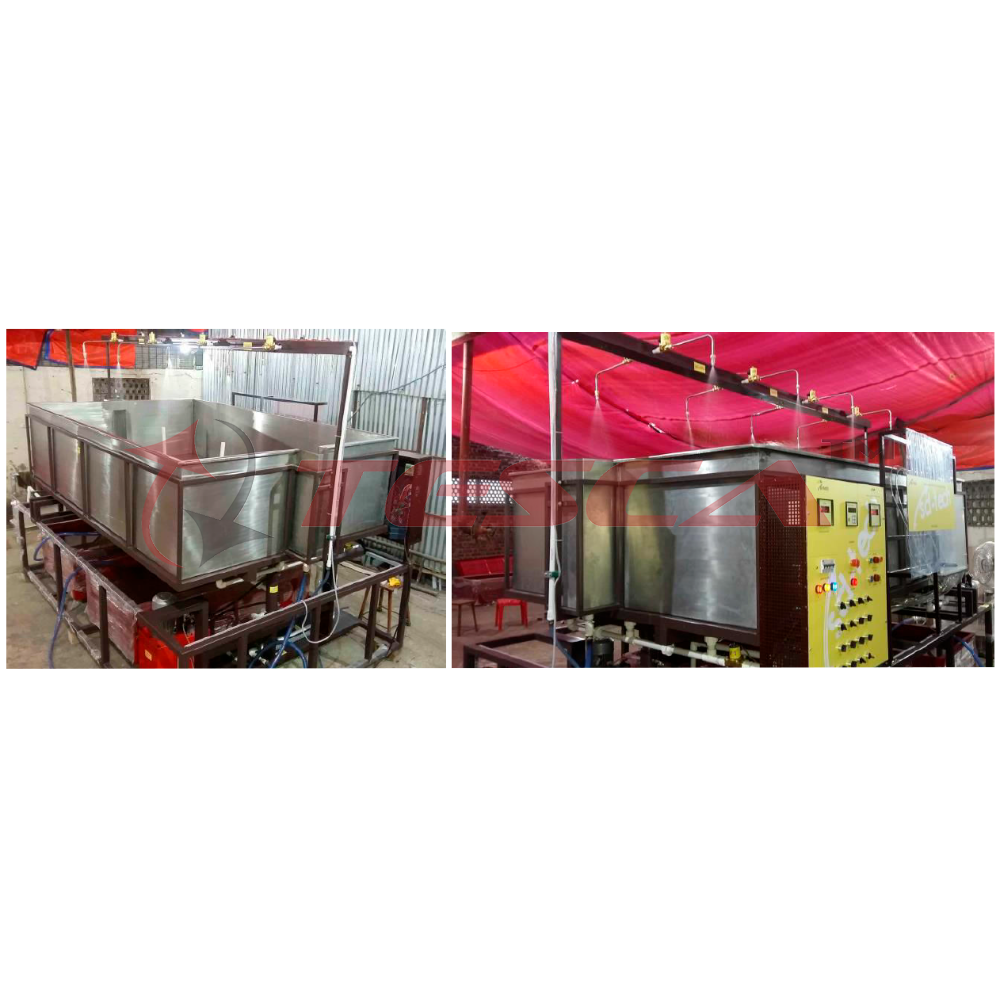
Order Code: 32474
Category: Environmental Trainers
Tesca Hydrological Cycle Apparatus 32474 facilitates a wide range of experiments on hydrology. It enables students to study the principles of catchment rainfall and runoff as functions of time, to simulate multiple and moving storm, to examine the in...
SPECIFICATION
Tesca Hydrological Cycle Apparatus 32474 facilitates a wide range of experiments on hydrology. It enables students to study the principles of catchment rainfall and runoff as functions of time, to simulate multiple and moving storm, to examine the interaction of adjacent wells and lots more. The experiments are performed in a rectangular stainless steel tank filled with a granular medium, where a permeable catchment area has been formed. The inclination of the catchment is simulated by providing inclination of the catchment using stainless steel sloping system.
A series of spray nozzles are used to simulate the rainfall. A valve controls the number of spray nozzles in operation, making the rain fall on either all or half of the catchment and thus enabling a moving storm to be simulated and/or the lag time on the hydrograph to be varied. The tank is well equipped with the methods of filling and draining.
Two wells are provided in the middle of the tank and a row of piezometer tapings are connected to a water manometer to enable the water table profile to be determined. Water supply is drawn from the large reservoir tank by using a high-pressure pump and is then delivered to either the spray nozzles and/ or the end(s) of the tank via a system of valves. The supply to each ends of the tank can be independently varied and the total flow is measured by a gap meter.
A calibrated weir adjacent to the reservoir tank allows the measurement of the runoff from the catchment and the flow of the wells. The apparatus is a freestanding self-contained unit, and require only a main electrical connection for operation. A suitable grade of sand is also included.
Option
Computer based learning software is included to enable students understand and conduct experiments, tabulate results and plot graphs. The Tesca Hydrological Cycle Demonstration Apparatus is an important experimental set-up for any Fluid Mechanics and Hydraulics Laboratory of an educational institution
The Apparatus is supplied with a manual describing the equipment in detail including:
- Hydrology background
- Operation and maintenance
- Experimental procedures and measurement
- Analysis of results
Dimensions : Approx. 2400 (L) x 1080 (W) x 2050 (H) mm
Weight : Approx. 450 Kg
Electrical supply : 240V, ~50Hz
Important Specifications
Tank
- Material : Stainless steel
- Working section : 2000 mm x 1000 mm
- Depth of permeable medium : 180 mm
Spray nozzles : 8 off in two banks of 4, separated by shut-off valves
End weirs
- 2 off each with stainless steel mesh portholes with cover plates Wells
- 2 off with stainless steel mesh sleeves
- Piezometer tapings : 20
- Reservoir tank, capacity : approx. 220 liters
- Pump, two-stage centrifugal type
- Rotameter, calibrated 2 ~ 20 ltr/ min
- Medium : washed sand graded 0.5mm ~ 1.5mm
Computer Interface Option
PC based data acquisition system.
Experiments
- Investigation of rainfall/ runoff relationships for catchments of various slopes (surface runoff only)
- Investigation of on ground water flow
- Determination of runoff hydrographs on a model catchment
- Effect of interflow on outflow hydrograph surface runoff plus groundwater flow
- Effects of surface storage on hydraulics
- Simulation of moving storm
- Measurements of cone of depression for a single well and comparison with theory the interaction of cones of depression for two adjacent wells
- Study of ground water abstraction through one or two wells
- Dewatering of excavation sites by use of wells
- Construction of draw-down curves for one well or two well systems
- Flow from a well in a confined aquifer
- Formation and development of river features over time
The manual describing the theoretical and practical aspects of the apparatus, operation, analysis of results, and sample of results will be supplied with the equipment.

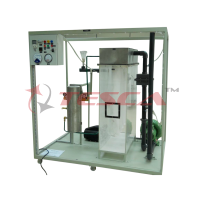
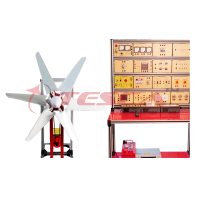

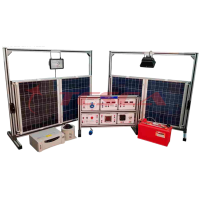
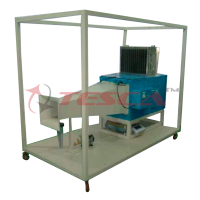
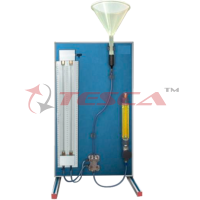
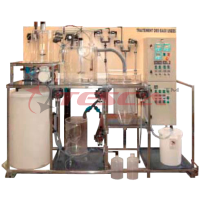
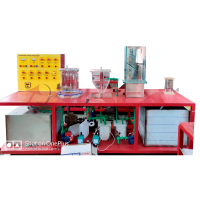


 91-9829132777
91-9829132777